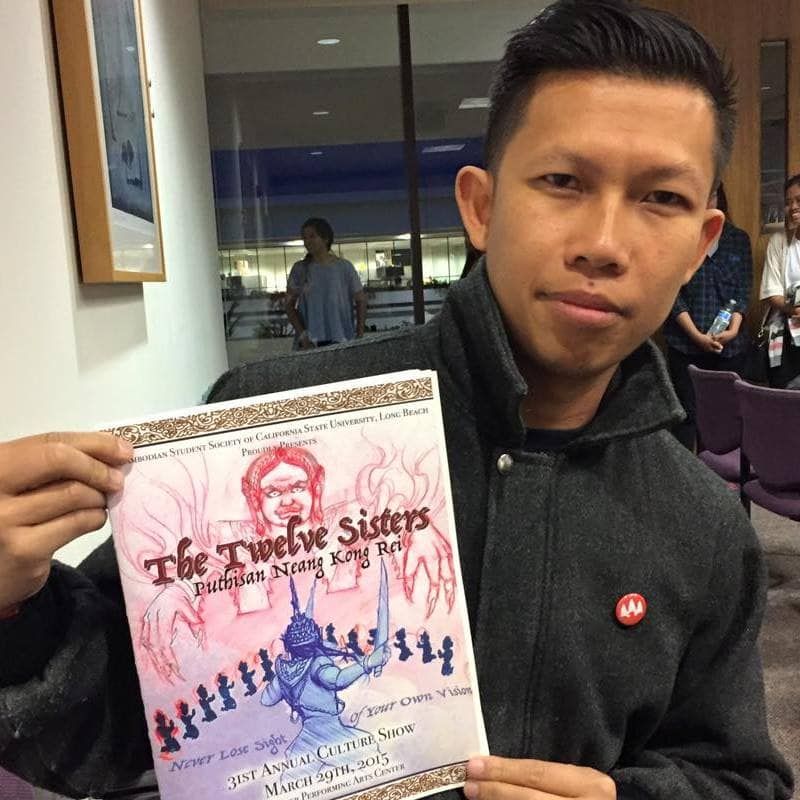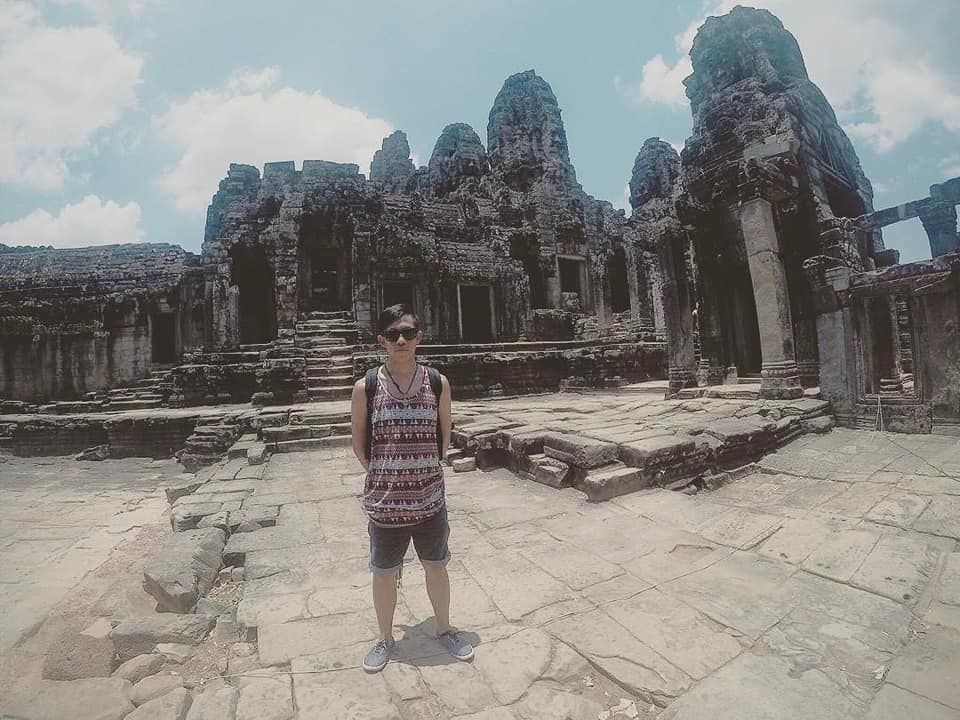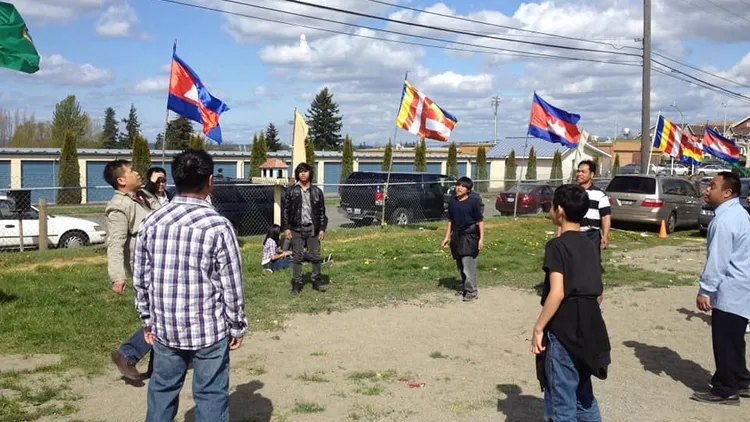Cambodia vs USA: Khmer New Year Celebrations
Jol Chnam Thmey (ចូលឆ្នាំថ្មី), also known as Khmer New Year (KNY), is Cambodia's most cherished holiday, celebrated and observed differently between Khmer communities in the US and Cambodia. My personal experiences living in both countries have led me to recognize numerous subtle differences, two of which I will elaborate on below.
Three Days vs Thirty+
In several Khmer-populated cities across America, the community does not limit the celebration to just three days around mid-April; instead, they go all out for the entire month. Yes, all 30 days, with weekends being especially festive. Cities like Long Beach and Lowell, which boast the largest Khmer populations, are dotted with pagodas, and temple leaders carefully coordinate activities to avoid overlapping events. In places with vibrant Khmer student communities, such as my alma mater at the University of Washington in Seattle, the celebrations might even be scheduled for late March or early May. Remarkably, there are over 150 Khmer pagodas scattered throughout the United States.

New Year program of the Cambodian Student Society at Cal State University, Long Beach (CSULB) in 2015
In contrast, during my time living in Phnom Penh for over 10 years, I noticed that locals typically celebrate Khmer New Year for a more concentrated period, ranging from 3 to 5 straight days, after which they resume their regular work routines. Many individuals use this time to make a pilgrimage back to their home province. For the affluent, pagoda hopping to as many as 5 temples is a common practice during this period. In the US, the celebration extends beyond the confines of the pagoda, encompassing parks, community centers, casinos, or even university campuses. This may explain why certain cities host such a rich variety of events every year.

A Khmer New Year celebration held in Tacoma, Washington, USA
The Itinerary
In Cambodia, I observed that both the youth and elders adhere to more traditional practices during Khmer New Year. On the first day, they engage in activities like cleaning their houses, preparing food, and donning cultural attire. Locals start early to visit their village pagodas, where they offer prayers for several hours before departing in the early afternoon. Following this, the day is spent socializing with friends and family or participating in traditional Khmer games like pinball game (បោះអង្គញ់), hide the scarf (លាក់កន្សែង), or tug of war (ល្បែងទាញព្រ័ត្រ) until dinner time. In rural settings, people tend to enjoy more family time after dinner, with outdoor music and festivities with their village neighbors. In contrast, major cities like Phnom Penh experience a different nightlife during the New Year week, as they appear relatively deserted due to the migration of people to their hometowns.
On the other hand, in the US, the responsibility for day one practices lies with parents and older siblings. While the parents head to the temple for prayer services, the younger generation typically arrives later, around lunchtime. Unlike in Cambodia, where Buddhism plays a central role, Khmer American parents often do not enforce religious worship on their children. As a result, young Khmer Americans often attend the celebrations wearing their best outfits rather than traditional wear and look forward to socializing with friends and perhaps even engaging in some light flirting. Older adults can be seen playing traditional games or participating in gambling (though increasingly prohibited on temple grounds). People usually stay at the pagoda until late afternoon, after which they may decide to attend an 8-course dinner party featuring Cambodia's top singers for their parents' generation, or head to a casino for live music if they belong to my brother's age group. Additionally, cultural shows on campuses are popular among my demographic. Remarkably, this entire itinerary could be repeated the following weekend, depending on the location within Khmer America.
In conclusion, Khmer New Year celebrations differ significantly between Cambodia and the US. While Cambodia holds a more traditional and concise celebration, the Khmer community in the US embraces a month-long festivity with a broader array of activities and diverse cultural influences. These distinctions not only highlight the adaptability of the Khmer culture to different environments but also reflect the unique experiences and perspectives of Khmer people living in different parts of the world.

Spending Khmer New Year 2017 in Angkor Archaeological Park, Siem Reap
